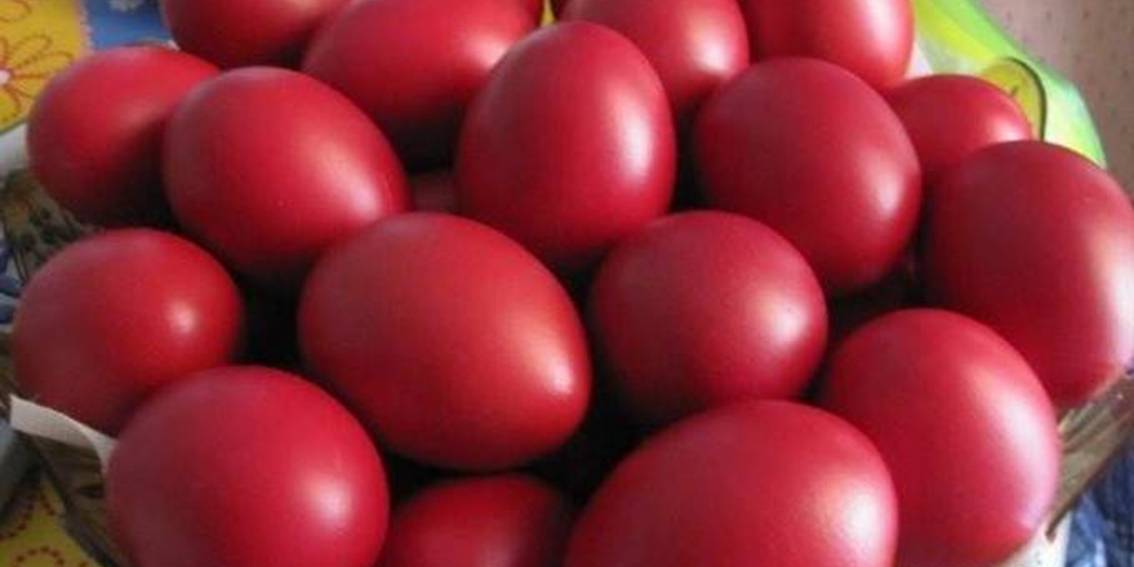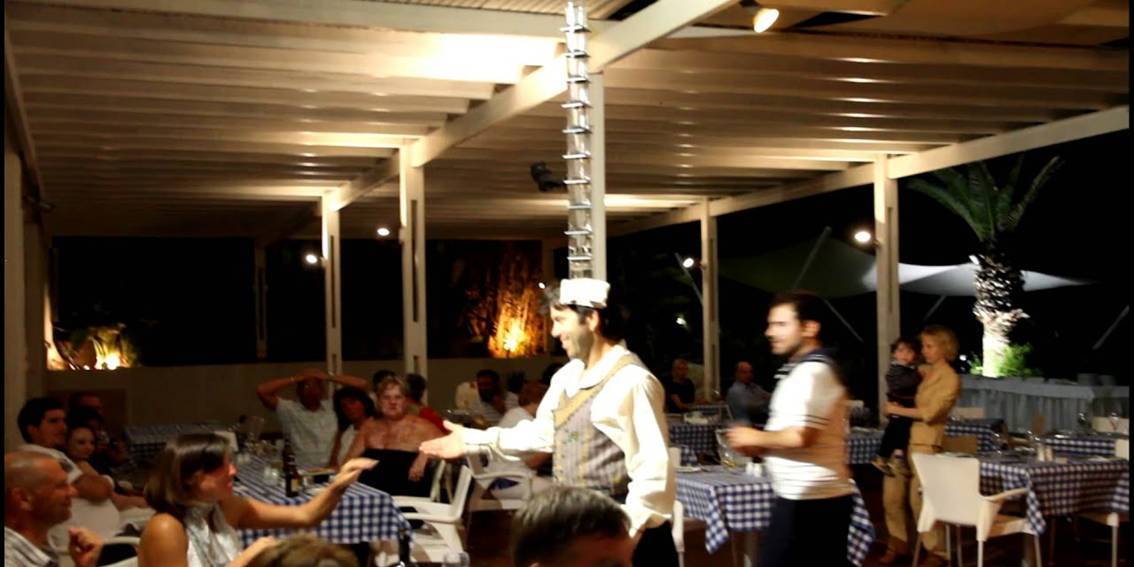An Instrument with Ancient Roots
The Greek laouto (λαούτο) traces its origins to the medieval lute. It evolved from the Arabic oud, which reached Europe through trade and conquest. Byzantine musicians adapted the instrument, giving it a distinct Greek character.
The Ottoman Influence
During Ottoman rule, the laouto absorbed elements from Turkish lutes. Craftsmen modified its shape and tuning. The instrument became popular in Greek folk music. It often accompanied vocalists in urban and rural settings.
Distinct Features of the Laouto
The laouto stands out with its rounded back and short neck. It typically has four double courses of metal strings. Players use a plectrum for a bright, resonant sound. The instrument’s design allows for both melody and rhythm playing.
Regional Variations
Different Greek islands developed unique laouto styles. Cretan laouto players favor fast, intricate melodies. Musicians in the Dodecanese use a deeper tuning. Mainland players often emphasize chordal accompaniment.
Role in Traditional Music
The laouto serves as the backbone of Greek folk ensembles. It provides harmonic support for violins and clarinets. In rebetiko music, the laouto adds rhythmic drive. Islanders use it for dances like syrtos and pentozali.

Decline and Revival
By the mid-20th century, the laouto lost popularity to newer instruments. Guitarists began replacing laouto players in many bands. Recent folk revivals have sparked renewed interest. Music schools now offer laouto lessons to preserve the tradition.
Modern Laouto Masters
Contemporary players like Nikos Oikonomidis keep the tradition alive. They blend traditional techniques with modern compositions. Festivals feature laouto workshops and performances. Younger musicians discover its unique tonal possibilities.
Cultural Significance
The laouto represents Greece’s musical heritage. Its sound evokes images of village celebrations and coastal tavernas. The instrument connects modern Greeks to their Byzantine and Ottoman past.
Craftsmanship Today
Few artisans still build traditional laoutos by hand. Workshops in Crete and Athens produce most instruments. Some luthiers experiment with modern materials. Collectors prize vintage laoutos for their rich sound.
The Laouto’s Future
Folk music enthusiasts ensure the laouto survives. Recording artists feature it in world music collaborations. Cultural organizations document playing techniques. This versatile instrument continues to adapt while honoring its history.




